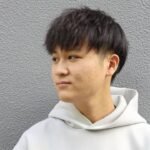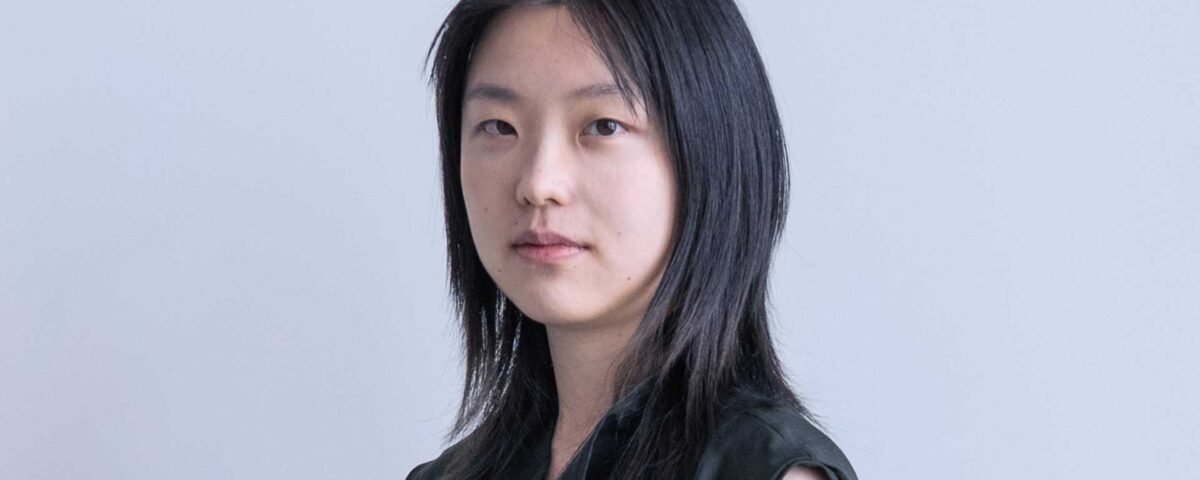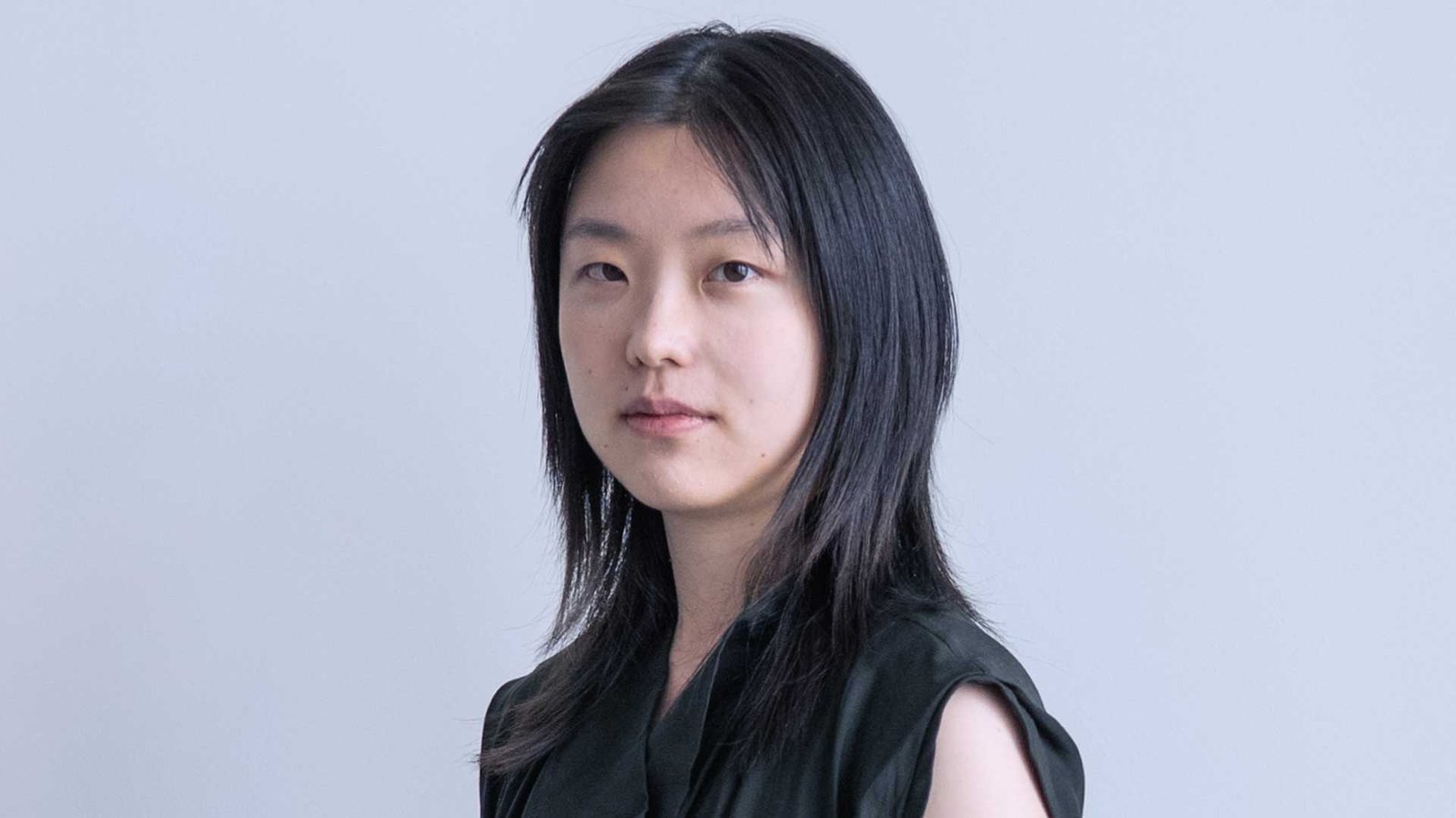
Giving Voice to the Overlooked: A Conversation with Xia Shang
July 22, 2025
Building Tomorrow’s Taoyuan – Explains Mayor Chang San-cheng
July 22, 2025Kewei Zhao
Kewei Zhao is a furniture designer based in Brooklyn who discovered a passion for design while studying Industrial Design at the China Academy of Art. Fueled by curiosity and a love for creation, Kewei turns ideas into thoughtful solutions that make everyday life better.
I’m a furniture designer based in Brooklyn. I studied Industrial Design at the China Academy of Art, where I discovered my passion for furniture. That passion led me to pursue a Master’s in Furniture Design at Rhode Island School of Design in the U.S.
I decided early on that design would be my life’s work since it offers endless possibilities. Working on diverse projects across industries constantly refreshes my thinking and keeps me learning.
What draws me to design is my love for change and creation. It’s about understanding real human needs and finding ways to address them. The process—from imagining ideas to transforming them into reality—is like the most exciting puzzle game. I thrive on experimenting in uncharted territory, exploring how everyday objects, environments, and systems can be improved. My curiosity and creative drive define me as a designer.
Material experimentation is a central focus in my work, and I have a strong passion for material research—particularly with wood veneer. I’ve explored various ways to combine veneer with textiles and flexible materials. One example is my project Weaving Wood Cabinet, in which I developed an original woven material made from thin wood veneer and cotton thread. This new material functions like a fabric but is constructed from wood.
In the early stages of developing this technique, I conducted extensive tests on different types and thicknesses of veneer. I also spent significant time determining the weaving pattern. Through careful experimentation—adjusting tension, spacing, and veneer width—I was able to create a woven panel that is both structurally stable and surprisingly soft, retaining the flexibility and tactility of fabric while being made from wood.
A Group of People – A Never-Ending Clothes Rack
This piece is a clothes rack, inspired by the clothes rack itself. To me, a clothes rack feels like an old friend—familiar, quiet, and always there. The moment we come home, we instinctively hang our bags, coats, scarves on it. When friends visit, their belongings naturally fill its arms. A rack full of clothes begins to resemble a group of people standing close together. In that sense, the rack becomes a silent companion, and the clothes hanging from it become symbols of the people around us.
"A Group of People" was born from this intimate, everyday scene. The rack is designed to look like two people holding hands. As more garments are added, the distance between the two figures gradually narrows, and the forms standing beside them evoke a growing circle of friends. It’s a visual metaphor for the way relationships evolve: from strangers, to acquaintances, to a close-knit group. The clothes rack becomes a quiet witness to those moments of connection.
I believe the final outcome of a design is almost always different from the initial vision. In fact, if a design turns out exactly as originally planned, it’s often a sign that something important was overlooked. Design isn’t just about identifying a problem at the start and proposing a solution. It’s a continuous process of encountering new challenges and solving them along the way. Every project evolves during its development. As ideas are tested through research, prototyping, and refinement, the design is reshaped into something more complete and effective.
Each decision is interconnected, and by the time the final piece is realized, it carries the depth of this entire process—this is what makes a design meaningful and resilient. Experience doesn’t guarantee predictability in design, because each project presents a new context, a new set of users, functions, and goals. Every project requires a fresh perspective, and past experiences rarely provide a one-size-fits-all solution. Only through deep investigation and discovery can one understand what a design truly needs to become.
I believe this kind of situation can be easily resolved. If there’s a disagreement, I would first explain the reasoning behind my decision and then have an open discussion with the client. They would also share their perspective, and together we could weigh the pros and cons before reaching a mutual understanding.
I see design as a service-oriented profession by nature—meeting the client’s expectations is part of the design itself. My ideas are ultimately aimed at addressing their needs and providing the most thoughtful, effective solutions.
For example, in my project The Tree Heart, I encountered many challenges during the making process. This coffee table features curved surfaces on both the tabletop and sides, each with varying degrees of curvature, which significantly increased the complexity of production. Because the tabletop is a continuous curved surface with areas of differing thickness, the first version failed during CNC machining. I had laminated two wooden boards together to achieve the necessary thickness, but the thinner areas caused the top layer to be cut too thin. As a result, parts of the veneer broke off during the cutting process, and the smooth curvature I envisioned could not be realized.
To resolve this in the next version, I revised the thickness settings and increased the thickness of the top layer. This adjustment ensured that the CNC machine wouldn’t cut through the top veneer and made the final tabletop more structurally solid.
My design is meant to be approachable and comforting, just like how I try to treat people in my life. I’ve always been someone who values kindness and being present for others, and that naturally shapes how I design. My work often takes on soft forms, gentle curves, and calm colors. It isn’t loud or showy; instead, it’s quiet and intentional.
What matters most to me is that the person using it feels cared for, like the object is quietly there to support them, almost like a companion in daily life.
You can't rush success. The relentless pursuit of achievement can often lead to mental health challenges, such as anxiety or depression. I believe that beyond professional goals, work should ultimately serve to make us feel happier and more fulfilled. It’s only one part of life, and we shouldn’t neglect our personal well-being in the process.
Success tends to arrive when we least expect it. As long as we keep moving forward with steady effort and intention, the outcomes will follow naturally. This is the truth.
I would love to collaborate with Oki Sato. He is a designer I deeply admire, and I believe we share similar values in both design philosophy and professional aspirations. His studio, nendo, has long represented an ideal working model for me.
Oki Sato was one of the first designers I came to know, and his studio remains one of the most inspiring in my eyes. His work spans across many disciplines, always marked by a clever twist that brings clarity and character to each design.
Beyond his extensive experience in product design, what I truly admire is his capacity to turn a concept into a tangible object that communicates instantly and effectively. That clarity of expression, both poetic and accessible, is a quality I greatly respect and aspire to in my own practice.
I wish people would ask me more about how much design for me! My answer would be the following.
I see design as a continuous dialogue between people, materials, and context. It begins with curiosity—about everyday life, about nature, about small details we often overlook. Through design, I seek to bring new perspectives and moments of reflection into daily experiences.
It’s also a tool for change, not necessarily dramatic, but incremental and meaningful. Whether through form, experience, or concept, design allows me to reshape familiarity and imagine new ways of living.
Kewei Zhao
Kewei Zhao is a furniture designer based in Brooklyn who discovered a passion for design while studying Industrial Design at the China Academy of Art. Fueled by curiosity and a love for creation, Kewei turns ideas into thoughtful solutions that make everyday life better.
Explore the journey of Chufei Yang, the Silver Winner of the 2025 MUSE Design Awards. She’s a jewelry artist and founder of CHUFEI, blending traditional elements with fresh forms to create pieces that challenge norms while staying wearable and accessible.









